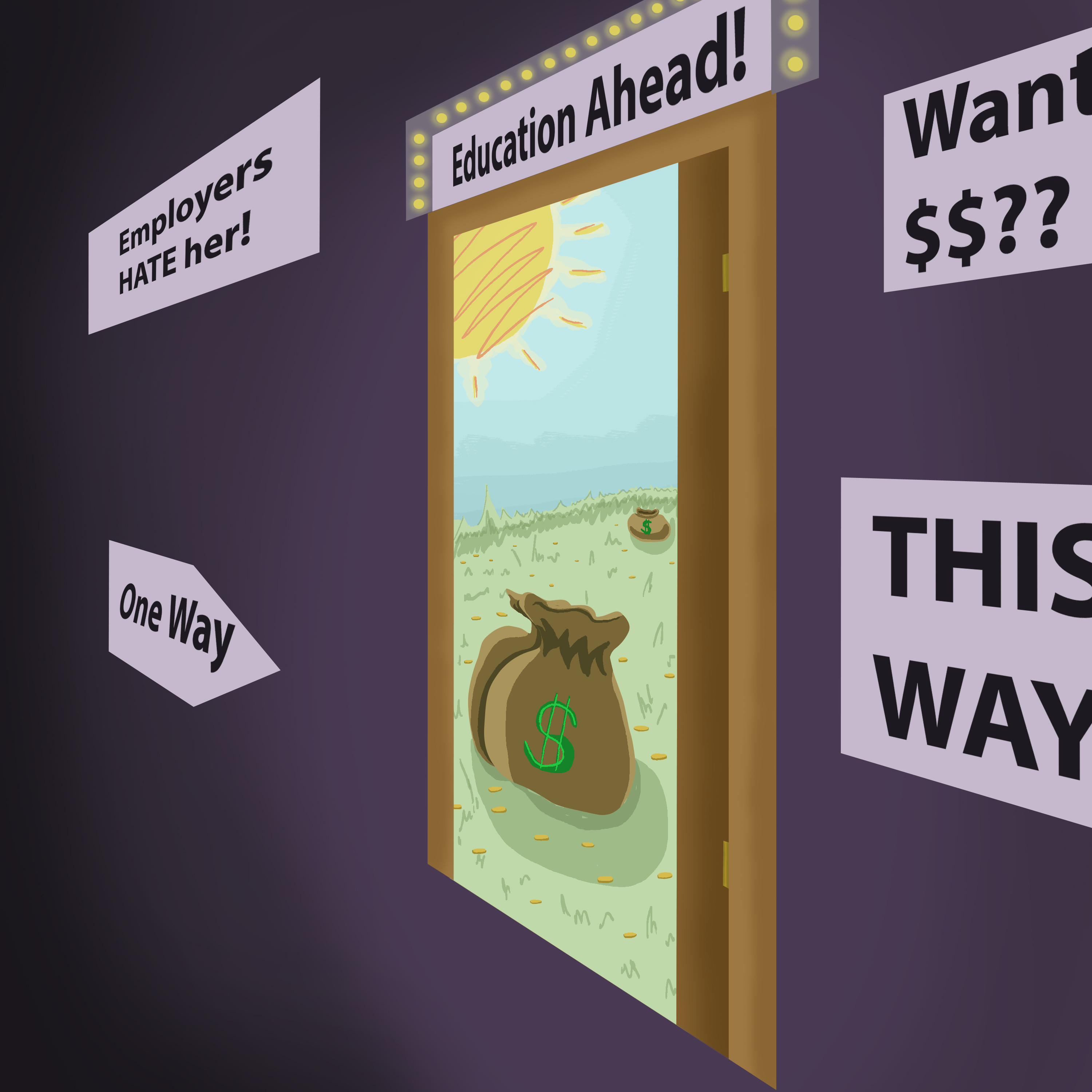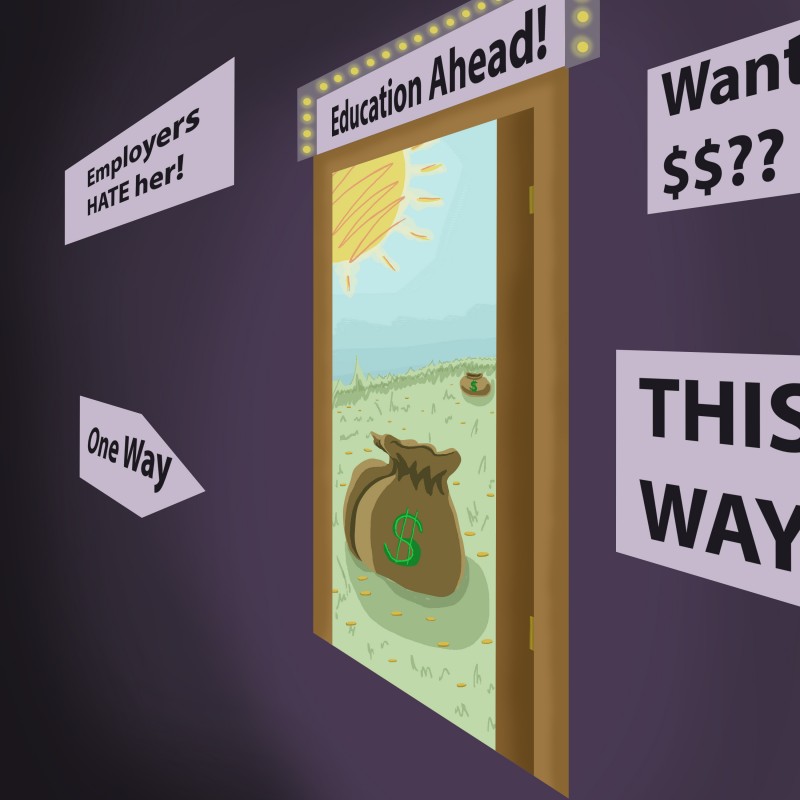Profit increases and education cuts hurt us all


Wilfrid Laurier University anticipates an $11 million shortfall in the year 2023/2024.
The deficit is expected to be partially addressed through public austerity measures.
In a Laurier news release on Aug. 17, 2023, it was stated that there was a 10% reduction in tuition in 2019 and a tuition freeze ever since, which will be unfrozen when universities are willing to demonstrate deep cuts first, as budgeting demonstrates a lack of transparency in addressing funding issues.
Ontario capped how much tuition can rise by cutting education funding (as we continuously pay more), limiting the university’s ability to increase revenue, hence increased international student enrollment.
Top-heavy and inflated university administrations are identified as a common issue across institutions.
Self-promotion, job perks, compensation, and bureaucratic flux in administrations are criticized when cuts to education are contemplated due to financial constraints. The notion that education should be run under a cash cow business model is not new but demonstrates increasing disparities between departments and a growing disconnect and resentment between sectors.
Adequately funded universities should be the norm, not a challenge, underscored by general reluctance to hold anyone accountable with concerns going unaddressed regarding the impact of budget mismanagement on actual education.
A significant point of contention is the reliance on enrolling international students as a financial strategy to compensate for deficits in funding.
The government offers institutions a choice between international students or locals, garnering criticism for creating an unfair dilemma for both.
Addressing provincial government funding to universities requires scrutinizing the education and governance system in Ontario and pointing out that competing financial interests will decrease education quality.
Recommendations from an expert panel last fall suggest ending the tuition freeze and increasing funding, but concerns say universities are “at a breaking point.”
Consequences of budget constraints include outdated equipment, laboratories leaks, staffing shortage, etc.
Students raised concerns regarding universities prioritizing popular programs over smaller ones, encouraging a profit-driven approach to education as opposed to diversifying learning.
The purpose of attending school is to expand one’s perspectives, engage with new ideas, and learn about not only oneself but others.
Accommodating more and varied programs helps support a richer society holistically. The proliferation of administrative roles unrelated to the core educational mission permeates major industries including education and healthcare, which call for more rigorous supervision of financial practices.
The Public Sector Education’s administration reflects leadership choices that adhere to the provincial government’s education funding policies which shorthand students as current policies drive agendas that are divorced from students’ best interests.
Students deserve accountability for responsible fiscal management, and governments should stand against unaffordable education for Canadians who subsidize salaries and spending habits within institutions.
Beyond the smoke & mirrors and virtue signaling lies corporate greed and students on its frontlines.


